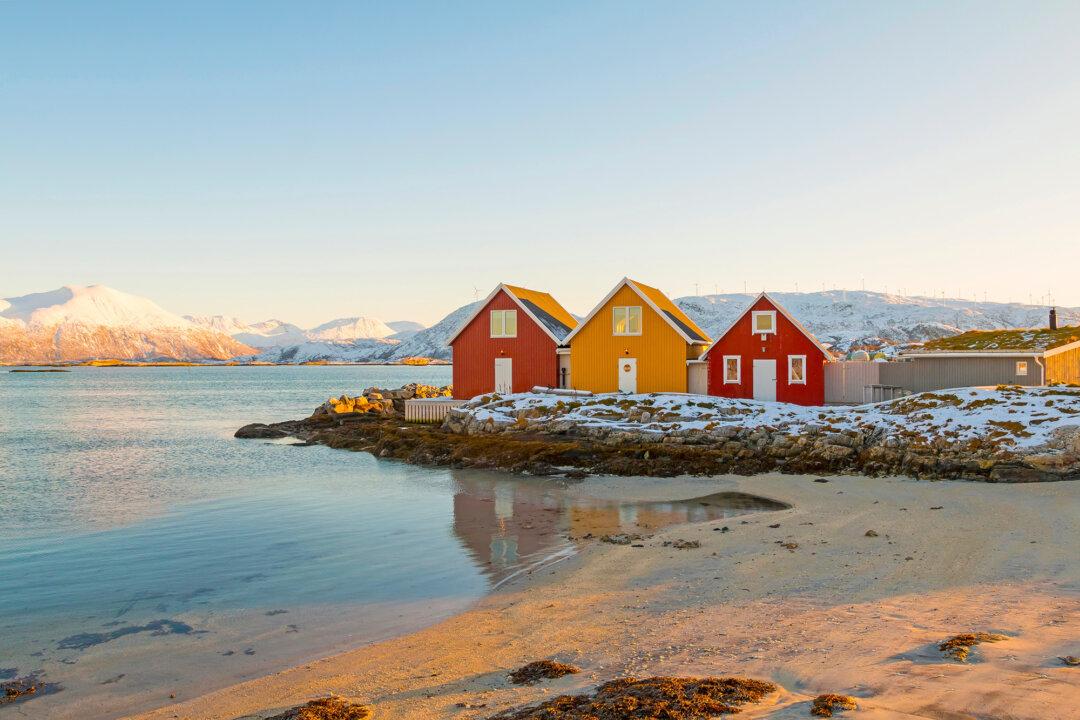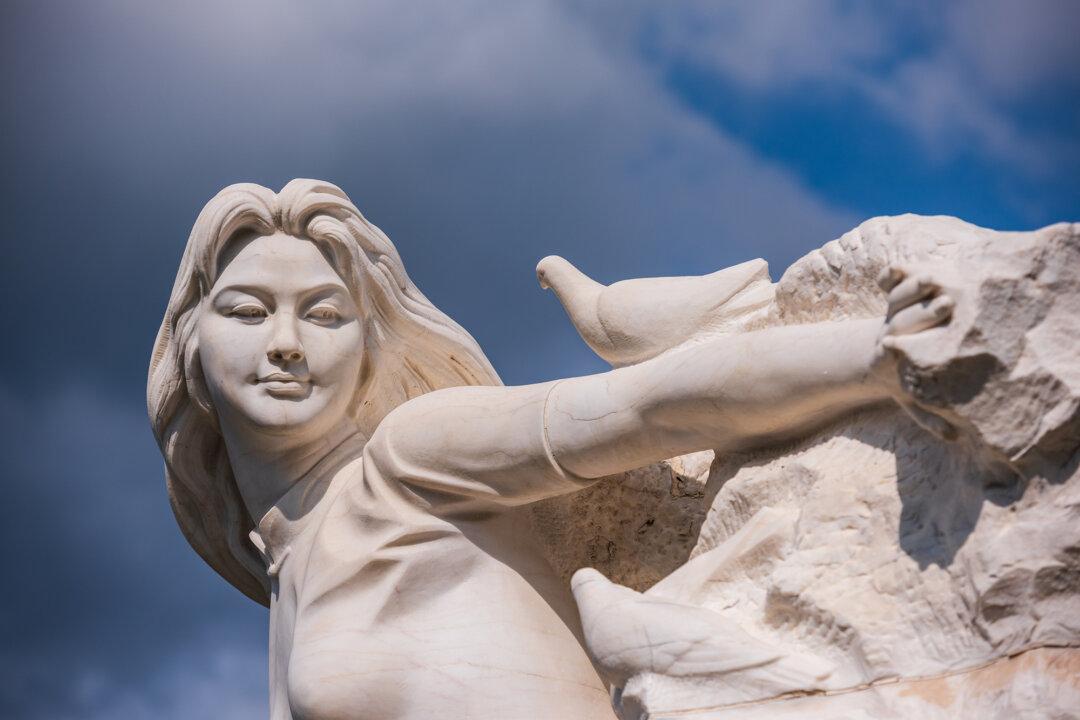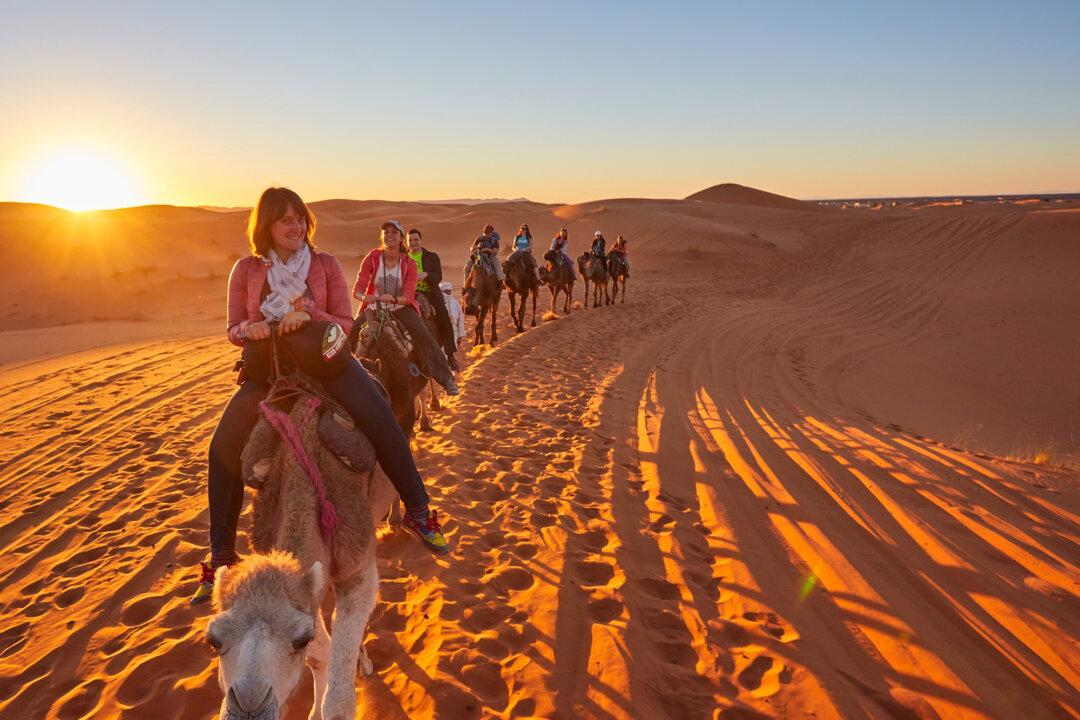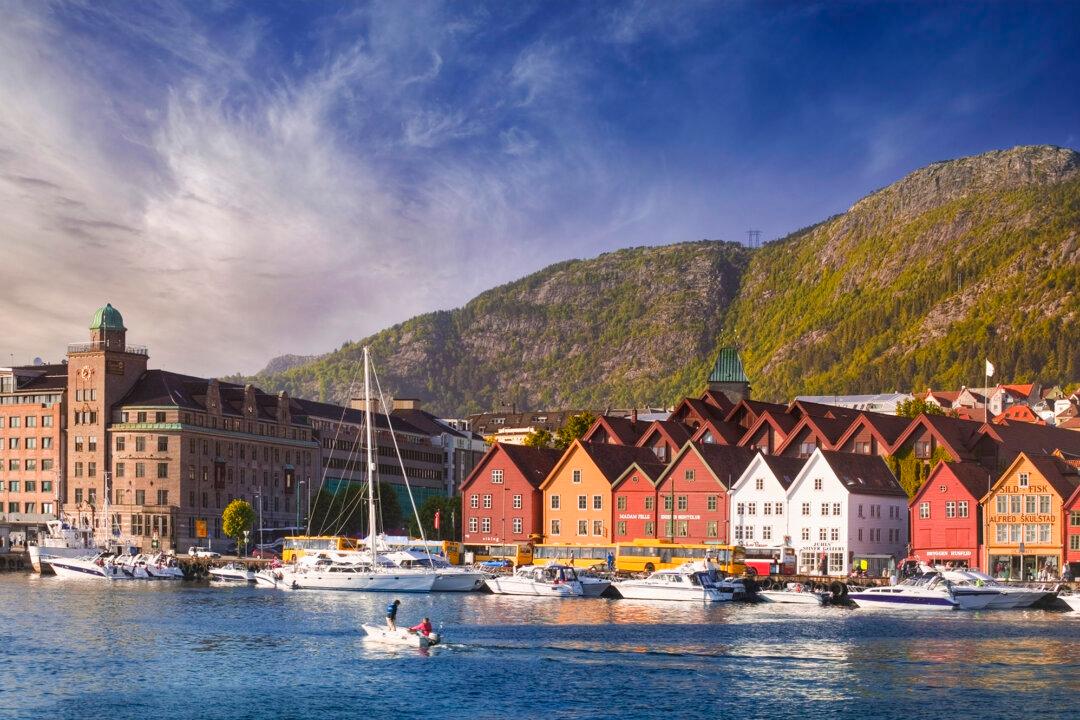It’s the ultimate way to get away, and you don’t necessarily need to travel far from home. With the path stretching before you, and maybe some mystery around the next bend, hiking provides the best of everything—fresh air, exercise, and the ability to separate yourself, physically and psychologically, from the hubbub around you. And the best part? You can go solo, or join family and friends, and the trips can range from a simple ramble in the park to a big, multi-day trek. Here are some of the best.
The Appalachian Trail
Running some 2,200 miles through a total of 14 states, the Appalachian National Scenic Trail is probably America’s most popular (and famous) footpath, with about 2 million people traversing some part of “the AT” in any given year. Just a tiny fraction complete the entire length of it, from Springer Mountain in Georgia to Mount Katahdin in Maine, in just a single season—these hardcore trekkers, called “thru-hikers,” number in the hundreds, spending months staying in a series of outdoorsy shelters along the route.But this is also a trail where you can choose your favorite section, and just enjoy whatever length you want. Accessible and within a few hours of many major urban centers, Washingtonians, for example, can drive up for the day and walk some of the 101 miles that stretch along vertiginous ridgelines with sweeping valley views through Shenandoah National Park, while Philadelphians can travel about an hour to the Lehigh Gap, and walk a section where the Lehigh River, far below, cuts through the craggy heights of Blue Mountain.





